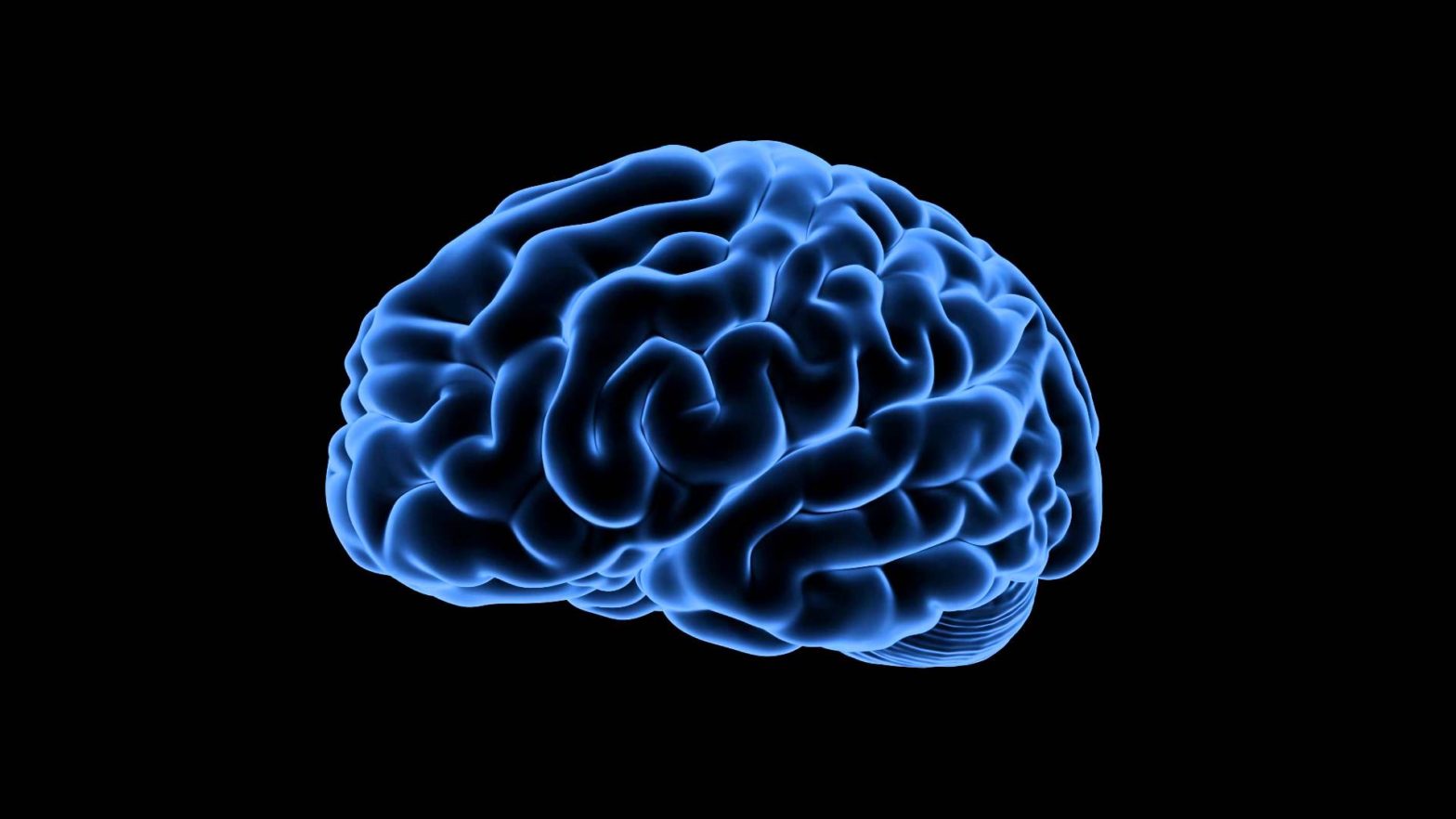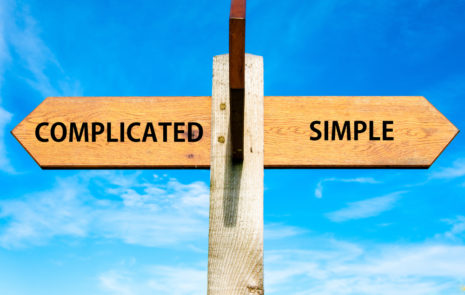
Unlock your hidden storytelling powers

One thing in marketing never changes: with a more powerful story, you win more often. Storytelling rules.
You make a clear-cut case. You gain business, influence and friends.
To create a more powerful story, use a Message Map. With a Message Map, you’re always tuned into your audience’s needs. Stay on message, and:
- You’ll always know what you’re talking about.
- You’ll never lose the thread of your message.
- You’ll always know just what to say.
Imagine being so in control of your story that you always know what to say.
What’s the difference between an everyday message and a Message Map? It’s like the difference between coal and diamonds.
Coal and diamonds are both made of the same material – carbon. Why are diamonds much more valuable? It takes heat, pressure and time to create a diamond.
It takes focus, discipline and practice to create a Message Map that makes your story crystal-clear – and a thing of beauty.
Message Maps are all about making you an even more powerful presenter, communicator and storyteller.
Why do Message Maps work?
Message Maps are an easy, intuitive tool you can learn quickly. In less than one hour, you can start putting Message Maps to work.

When I teach Message Maps in my workshops, people catch on quickly. Message Maps are natural and quick to learn.
My friend Tripp Frohlichstein and I invented Message Maps 25 years ago. We’ve taught thousands of people in the United States and other countries how to use Message Maps.
We work with many people who have used Message Maps to become more effective in their communications. Who uses Message Maps?
- People who are looking for a new job, pursuing a promotion or starting up a new business.
- Entrepreneurs in start-up and growing companies.
- Leaders of Fortune 500 companies such as AT&T, RR Donnelley, Intel and more.
- Nonprofit organizations such as the DuPage Children’s Museum, the American Association of Orthodontists, and Blue Cross and Blue Shield.
All of them made their story more powerful with a Message Map. They found out how to make their stories simpler, shorter and more consistent. You can too.
Message Maps work because they perfectly fit the way human brains work. To get your story across, you need to succeed at 3 jobs:
- Gain attention fast to overcome short attention spans.
- Make your story simple and memorable.
- Win your audience’s hearts and minds.
1. Gain attention fast

Why is it so darn hard to win anyone’s attention, at first? Today, people’s attention spans are short.
Our gaze shifts about 3 times a second, as the eyes tell the brain where to look next. We are easily distracted by new stimuli and shift our attention quickly.
How can you make your message stand out when it’s just one of the 30,000 stimuli your audience will encounter today? The answer: use a Message Map.
A Message Map enables you to tell your whole story in 7 seconds, in 23 words or less. A quick story gives you a better chance to break through all the noise.
Why are the first 7 seconds of your message so crucial? Because you only get one chance to make a first impression.
How did our attention spans get so short? The answer: mass media.
- Back in the 1930s and 1940s, the average shot in a movie lasted 10 seconds. But movies made since the year 2000 have average shots of <4 seconds, says cognitive neuroscientist Dr. Carmen Simon.
- The average New York Times quote runs 19 to 20 words, says Ann Wylie. The most common length of a Times quote, she found: 7 words.
- More than half of webpage users spend less than 15 seconds active on a page, says Tony Hale of Chartbeat.
- Twitter shrinks your message to 140 characters. But shorter Tweets of 70 characters are much likelier to be shared.
That’s why we believe: to get your point across at first, you must tell your story in 7 seconds, 23 words or less.
No matter how long it takes you to tell your story today, I guarantee you can tell it in 7 seconds with a good Message Map.
2. Make your story simple and memorable
A Message Map boils down your story to 1 main message and 3 positive points. That’s how it makes your story simpler to convey and easier to understand.

Let’s look at the anatomy of a Message Map. Your main message is called home base, because it’s the single most important point you communicate. It answers WIIFM?
Repeating your home base consistently over time makes your message stick.
To create a sticky message, let’s explore an idea from neuroscience: the idea that people store different memories in different places in their brains.
Here’s the problem: our working, short-term memory runs out of room quickly. When that happens, you can’t stuff any more memories in there. It’s like a hard drive that’s too full.

In one part of your brain — a remarkable area made of place cells – you never run out of room to store memories.
Place cells have no capacity limitations for things that don’t move. They recall the location of fixed objects, such as lakes and trees.
As humans evolved, this ability to remember fixed objects in set locations increased our survival rate. Now, it helps us keep track of messages that remain consistent.
To keep your message needs completely consistent and win a spot in place cells, use your Message Map with absolute discipline.
Why are place cells such a big deal? Unlike other storage areas in the brain, place cells never run out of room, says Dr. Carmen Simon.
That’s why your home base must be completely consistent over time. Your home base needs to be one single message.

With multiple messages, you’re not in charge of what audiences’ brains should remember. When you’re not in change of what’s remembered, you don’t influence the decision your audience makes later.
Once you create your home base, back it up with 3 positive points to make your main message stick. Three points are magic to humans. Great communicators like Pope Francis use this magic all the time.
Support your home base with 3 or 4 positive points – no more. Asking people to recall more than 4 points turns into clutter that strains your audiences’ brains. Too many points make your message forgettable.
When you keep your message succinct, it’s easier for the brain to bring your message to mind easily. Such cognitive ease helps an audience look favorably on your message.
Yes, making your story that simple, short and sweet is a hard job. But it’s worth the effort to make your story great.
The letter I have written today is longer than usual
because I lacked the time to make it shorter.”
– Blaise Pascal
Take the time to boil down your message to its essence. Keep it short.
Don’t fall into the trap of sending multiple messages. Many PR and communications counselors tell you to send 3 main messages at a time. That’s just dead wrong.
Why? For human brains, more than one main message is asking the brain to do extra work. Brains prefer to conserve energy rather than expend it. That’s why multiple main messages are quickly forgotten.
Worst of all, people can’t act on what they forget. They only act on what they remember.
Make your message memorable with a Message Map. A Message Map makes your story exactly the right size, so audiences can hear it, understand it and recall it.
3. Win your audience’s hearts and minda
To win people over, your story needs to be emotional.
To move people to action, start with emotions.To understand which emotions to tap, tune into your audience. Understand what they feel, where it hurts and what they need.
To tell your story well, take the time see the world through your audience’s eyes. Speak their language. Walk in their moccasins.
Talk to people in your audience directly, face to face. Talk by phone. Make notes on what they say, how they feel.
Marketers accomplish this step through buyer persona research. Learn everything you can about buyers so you understand where they’re coming from and what they need.
There’s a fancy word for this practice – empathy. To work with your audience, a message must convey empathy over the long run.
Before an audience cares about what you know, they need to know that you care.”
– Tripp Frohlichstein
Empathy is essential because communications are a two–way street. For communications to succeed, two things must happen:
- You need to send your message clearly, in a way your audience understands.
- Your audience receives a message only when it’s relevant and resonates with them.
Too often, people pretend that communications is a one-way street, where you just send out a message. These one-way communicators get frustrated when the audience fails to respond.
The single biggest problem in communication is the illusion that it has taken place.”
– George Bernard Shaw
To make sure your message is important to your audience, always begin and end with your home base, which answers their question: what’s in it for me?
That’s how you win a place in the hearts of your audience. The heart is where persuasive communications begin.

Facts without stories are dead. Stories give soul to facts.”
– Deepak Chopra
It takes stories to elicit emotion – and action. Engage people’s emotions when you want you want people to act in your favor, to:
- Give you the promotion.
- Hire you.
- Join you.
- Sign the contract with you.
- Support you.
Even the most hardened business executives make buying choices based on emotion, not facts.”
– Ardath Albee
The human heart is where your story must resonate when you want your audience to decide, to take action. The best Message Maps help you touch human hearts.
Here’s more on how to create your Message Map.
Related Posts
BMA Chicago: Content Marketing Video
The key to content marketing: Help customers before you sell. Contact Us
Leapfrog Competitors with Your Content Marketing Mission Statement
To create content audiences crave, start with a clear content marketing mission statement If you’re just starting to create content marketing, make sure the...
One message, many jobs to do
6 Questions & Answers about your Marketing Message While discussing a business marketing message in my workshop, marketers raised questions on how to make...
Make Your Message Even Simpler
No matter how simple your message is, you can make it even simpler. First, create a draft Message Map. Then apply Occam’s razor: Remove all...






